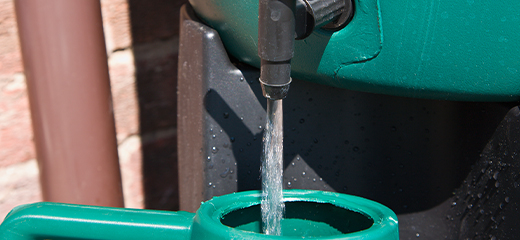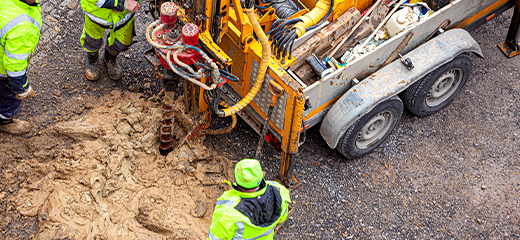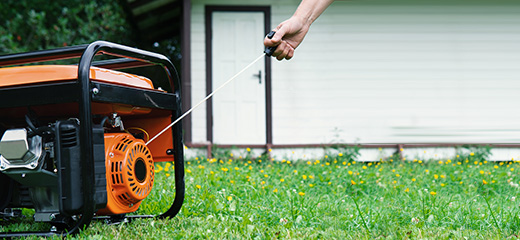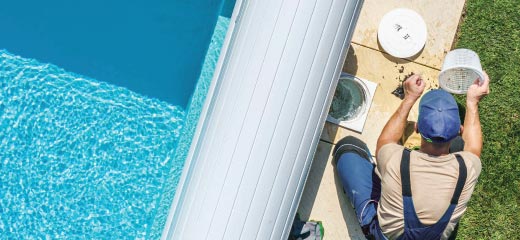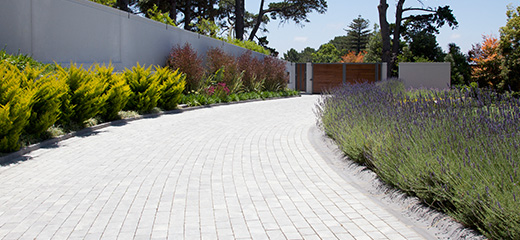
Pruning tips for winter
Gardens need less maintenance during the winter months, but a few hours spent pruning from mid-July to end-August will ensure you have a garden to delight in come summer.
While tidying up your trees and plants may seem the obvious reason for pruning, this activity actually has many benefits. These include:
- Better air circulation and improved light and water absorption.
- Removing long and spindly branches encourages your plant to grow stronger, healthier shoots.
- Speaking of health, removing dead and diseased branches will result in healthier plant growth.
- Pruning and shaping will also ensure your plants don’t get in the way of your view or your garden design.
- Healthy, strong plants produce more blossoms.
And when it comes to rose pruning, Ludwigs Roses says: “Pruning encourages strong new growth and reduces the number of flowering stems, resulting in an increase in eventual flower size.”
What you will need
Having the right equipment for your pruning project will help you get the best results for your efforts. Before heading outdoors ensure you have the following items ready.
- Thick gardening gloves
- Secateurs for smaller plants and branches
- Topiary shears or hedge trimmers for bushes
- Long-handled loppers for higher branches
- Manual pruning saw for thicker or tougher branches
- Manual bow saw for larger branches and trunks
- Electric saw for large branches and trunks
- Sturdy ladder and safety equipment if working at height
- Garden refuse bags
Take the time to clean, sharpen or replace blades both before and after pruning to ensure your gardening tools stay in good condition.
What to prune
Now that you have your equipment ready, it’s time to assess your plant, bush or tree. Many people worry about pruning their plants too far back and land up only giving their plants a bit of a trim. However, a good prune is like a haircut and your plant will grow back healthier than before.
- Remember to ‘dead head’ your plants by removing any flowers that are past their prime.
- Pay attention to any dead or diseased branches as removing these are essential.
- Keep an eye out for any tree branches that are too close to your house or other structures, as these could be hazardous during a storm.
- If it has been some time since you’ve pruned your plant or tree, you will notice some long and weak branches that have developed. Cutting these back will allow for stronger branches to grow in their place.
- Look to clear out some of the thinner branches inside a bush to improve airflow.
- Consider any sizes or shapes you would like your plant to take to protect views or maintain the look and feel of your garden design.
How to prune
Having identified the areas that need cutting back, it is time to start pruning. Keep these tips in mind:
- All cuts should be clean to avoid bruising and damage.
- Try to cut at a 45˚ angle in the direction you would like the branch to grow.
- The cut should be above the eye or leaf node, leaving enough space to ensure the bud will not be damaged.
- Before moving on to another plant, clean and sterilise your tools in vinegar or a bleach solution to prevent spreading any diseases or bugs across your plants.
Post-pruning care
Now that your plants have had their prune, spray with a combination of insecticide and fungicide to rid your plants of disease and pests that could be a future health risk.
Treat your plants to some bonemeal and spread a layer of compost or mulch around the plant, leaving a gap around the stem to avoid fungal infections.
Finally, give your plants a good watering to give them a boost.
LookSee is a free home efficiency platform aimed at making homeownership easier and more affordable.
